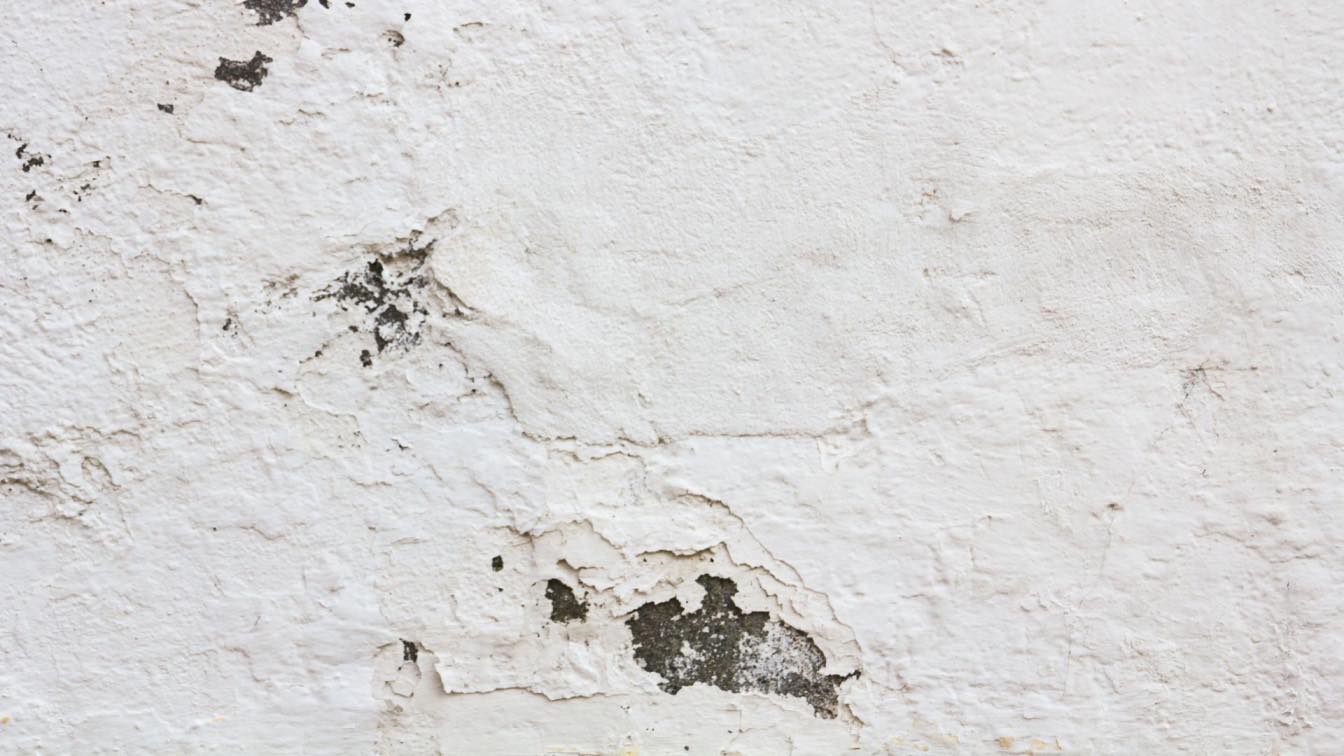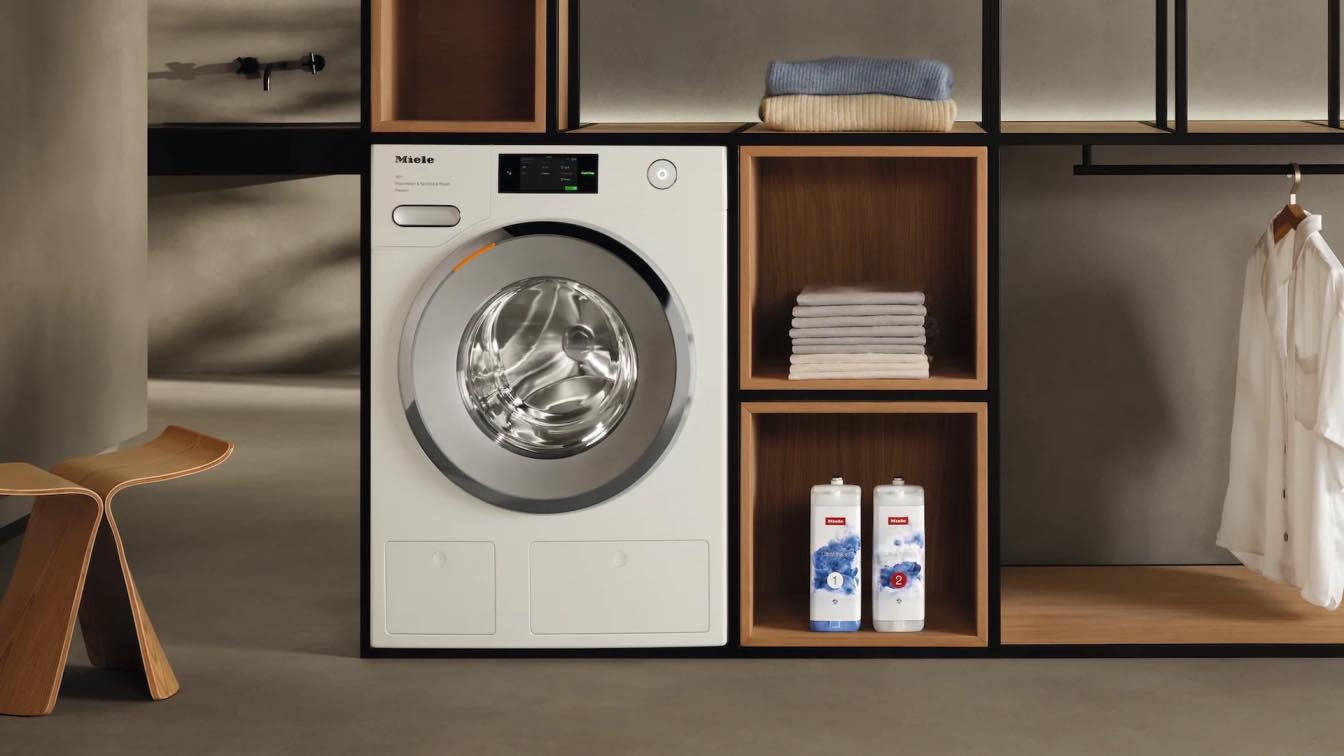Mold is one of the most dangerous yet underestimated threats to your home’s structure. It can sneak in through cracks, leaks, and wet areas that you may not even be aware of. Left untreated, mold can cause significant damage to wooden beams and other structures in your home. Not only is it unsightly but it could also have serious health effects on inhabitants! Fortunately, there are some mold remediation tips and easy steps you can take to prevent mold from taking over your house—read on to learn more about how to safeguard your property from this destructive force.
What is Mold and What Damage Can It Do to Your Home
Mold is a type of fungus that thrives in warm and moist environments. It can grow on organic materials such as wood, drywall, and carpet if the conditions are right. Mold colonies release spores that can spread quickly and easily through the air, making it challenging to contain once it takes hold. When these spores settle onto surfaces, they produce a musty odor and can cause discoloration or staining. But the real danger lies in its potential to damage your home's structure. Mold weakens wood and other building materials, compromising their integrity and making them susceptible to rotting. This can lead to structural issues such as sagging floors, buckling walls, and even collapse if left unchecked. Additionally, mold can also cause health problems, especially for those with allergies or respiratory issues.
Professional Services Available to Help Remove and Prevent Mold
If you suspect that your home has mold, it is important to take action immediately. Professional services are available to help remove and prevent mold from spreading further. A mold removal company can assess the extent of the infestation and provide effective solutions for removing it. They have specialized equipment and expertise to safely eliminate the mold and address any underlying issues that may be causing its growth. They can also offer tips and strategies for preventing mold from recurring in the future. With their help, you can ensure that your home's structure remains strong and safe for years to come.
Common Areas for Mold Growth in the Home
It can easily go undetected in your home, as it often grows in hidden or hard-to-reach areas. Some common areas for mold growth include basements, attics, bathrooms, and kitchens. These areas tend to have higher levels of moisture and humidity, creating the ideal environment for mold to thrive. Furthermore, any leaks or water damage in these areas can further contribute to mold growth. It's important to regularly check these areas for any signs of mold and address any moisture issues promptly to prevent them from spreading.
How to Prevent Mold with Proper Ventilation
Mold thrives in stagnant, moist air, so it's important to keep the air circulating and dry. Make sure to use exhaust fans in moisture-prone areas like the bathroom and kitchen, and regularly open windows or use a dehumidifier to reduce humidity levels. Additionally, checking and repairing any leaks or water damage can also help prevent mold from growing. By keeping your home well-ventilated, you can minimize the risk of mold and protect your home's structure.
DIY Solutions for Preventing Future Mold Growth
Aside from professional services, there are also some DIY solutions you can implement to prevent future mold growth in your home. Regularly cleaning and disinfecting areas prone to moisture, such as bathrooms and kitchens, can help eliminate any potential breeding grounds for mold. Using mold-resistant paint or sealant can also be beneficial, especially in high-moisture areas. Additionally, regularly checking and maintaining your home's plumbing and roof can also help prevent any potential water damage that could lead to mold growth.
Declutter Your Home Regularly
It can also grow and thrive in cluttered and poorly ventilated areas. Make sure to declutter your home regularly, especially in areas that tend to accumulate excess moisture such as basements or attics. By keeping a clean and organized living space, you can reduce the risk of mold growth and improve overall air circulation. Furthermore, it's important to address any potential sources of excess moisture, such as leaky pipes or roofs, to prevent mold from taking hold.
As a serious threat to your home's structure and should not be taken lightly. It can cause significant damage and even affect the health of inhabitants. However, by being proactive and taking preventive measures such as proper ventilation, regular cleaning and maintenance, and seeking professional services when needed, you can protect your home from mold growth. Don't wait until it's too late, take action now to safeguard your home and ensure its structural integrity for years to come.





